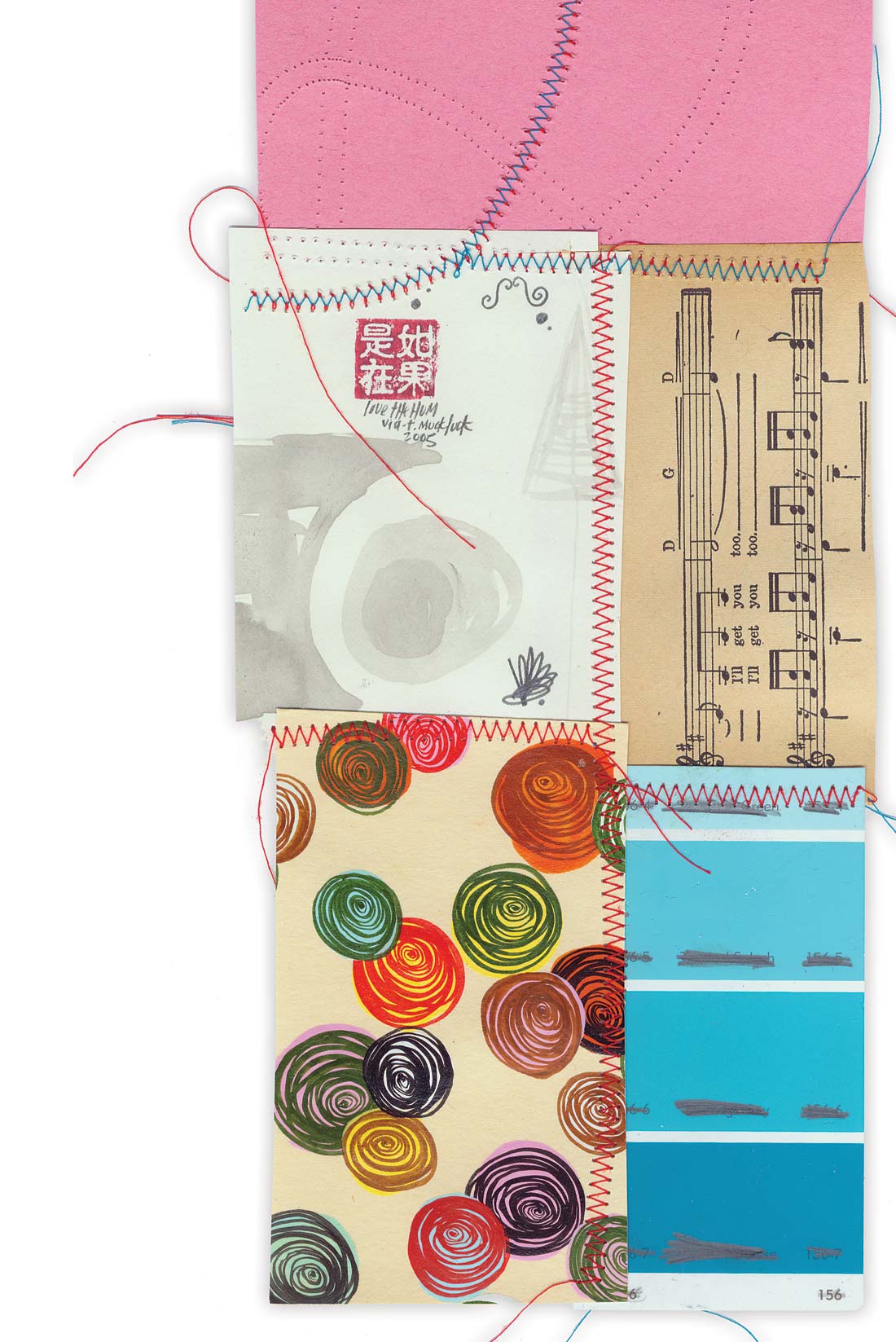The Tubelink2 is an interesting two-channel variable- MU tube limiter. It is a Class-A/B design with custom transformers on both the input and output and a complement of readily-available tubes (12BH7, 12AX7, and 6AL5). The 2U-height faceplate has two VU meters, and there are controls for input, threshold, attack, release, output, and hi boost (more on this later) for each channel. Sonically, the Tubelink2 is quite different from other variable-MU limiters I've used. It is much more controlled-sounding in its gain reduction. It doesn't have the thick, seemingly-additive bottom end of the Manley, nor does it have the top-end crunch of older Altec units. It is a much more transparent box, although the speed and action of the unit are quite similar to classic MU designs. The attack control is continuously variable from .01 ms to 10 ms, and the release control is a very cool- looking five-position selector knob that switches from 40 ms to 1 sec. The attack and release are both very predictable and smooth-sounding, allowing a great degree of compression options. The range of the threshold is very useable, and with the adjustments possible between it and the input control, it's easy to get subtle peak limiting or full-on squishy gain reduction. Setting it up for a unity-gain comparison can be a little misleading, as the unit suffers from a bit of level loss when the input and output are set to what is labeled as "unity" and the threshold is all the way up. Still, the input and output provide a good bit of gain, and making the adjustment by ear is ideal anyway, right? The hi boost is an interesting addition. It's a passive feedback circuit designed to make up for high-frequency loss from larger amounts of gain reduction. At the fully-clockwise position, it's bypassed, and in other positions, it functions as a 6 dB per octave shelf, adjustable from 7.5 kHz to 22 kHz. At times, I found it to be a nice addition-subtle, but very useable, especially when compressing drum overheads. While I'm not usually one for compressing drum overheads, I found the Tubelink2 to be a non- intrusive way to get a little smoother overall drum sound for modern-sounding pop, rock, and metal.
I also found myself using it quite a bit on acoustic guitar, where it was able to smooth out finger-picked patterns and help settle the track into the mix or to bring it to the forefront, depending on which was appropriate. I used the Tubelink2 on a variety of jazz recordings, including a live date with pianist Frank Kimbrough. On piano, saxophone, and upright bass, the Tubelink2 managed to serve nicely as a transparent peak limiter without detracting from the uncompressed sound. It also served well on the stereo buss, providing just the right amount of compression for a very Nashville-sounding contemporary Christian project, without being overbearing or entirely mutilating the dynamics of the track. The Tubelink2 does get hot, and extra rack ventilation is recommended by Audio Technologies. When used in an enclosed rack, the VU meters tend to slide away from resting at "zero" after heating up, although the unit still operates as it should. The knobs on the front do protrude a bit (the release knob was actually too long for me to fit in one non-recessed rack with a shallow front), but the knobs feel solid, as do the switches, and the Tubelink2 seems well-built overall. Nejat Bakin of Audio Technologies is a very pleasant guy to deal with. It's apparent that he loves what he does and puts a good amount of care into the units he builds. I think the Tubelink2 is a terrific complement to the host of other great stereo limiters on the market. It's a well-built piece of gear that offers something a little different. ($2950 MSRP; www.audiotechnologies.com)




_disp_horizontal_bw.jpg)